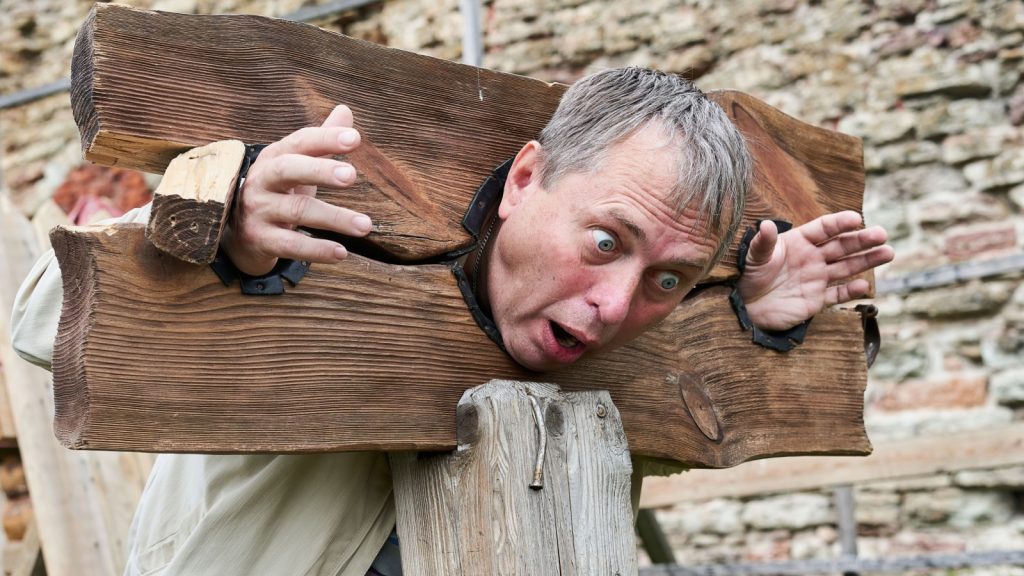Justice throughout history has sometimes been pretty brutal and bizarre. While today we might take our legal system for granted—with judges, fair trials, and humane sentences—punishments in the past were far less forgiving. Ancient and medieval societies could be highly creative (and often harsh) when it came to keeping people in line. Here are 13 strange punishments from history that will make anyone grateful we live in the age of modern justice.
1. Ducking Stools for “Gossiping” Women
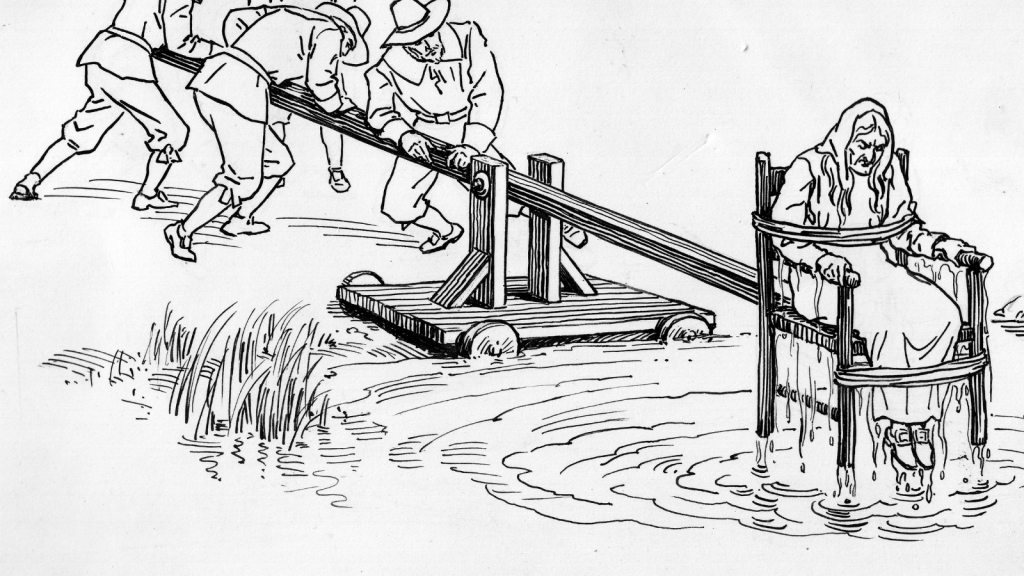
In medieval Europe, women who were accused of gossip or being “scolds” were often placed on ducking stools. They’d be strapped to a chair that was then dunked repeatedly in cold water. This punishment wasn’t just humiliating—it was dangerous, as women sometimes suffered serious injuries. The practice was meant to “cool down” any talkative or outspoken women.
2. The Drunkard’s Cloak for Public Intoxication
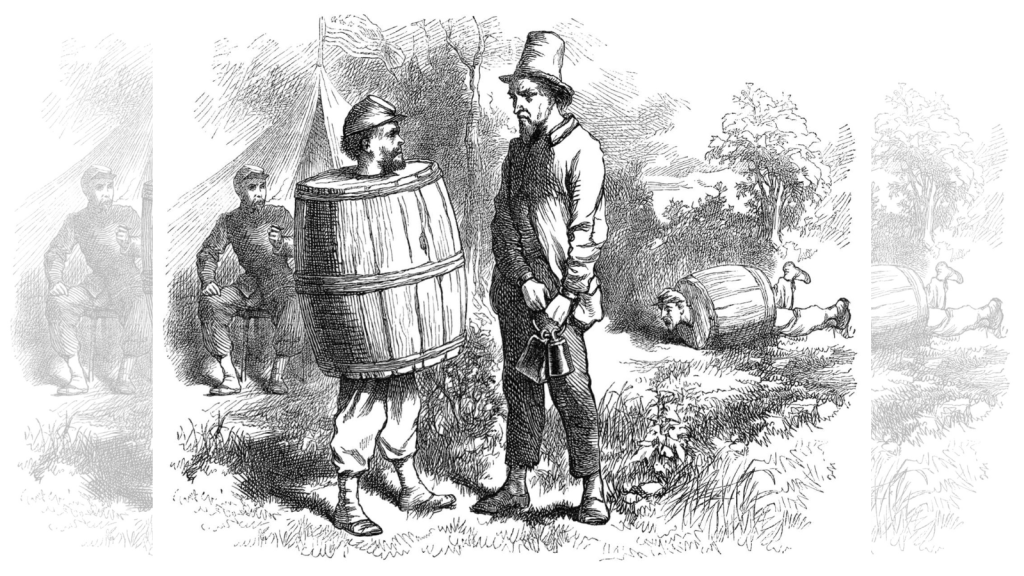
In the 16th and 17th centuries, public drunkenness was punished by forcing offenders to wear a heavy barrel with a hole cut in the top for their head. Called the Drunkard’s Cloak, it was awkward, humiliating, and made it difficult to move. Offenders had to march through the streets wearing it, becoming the town’s entertainment for the day.
3. Tarring and Feathering
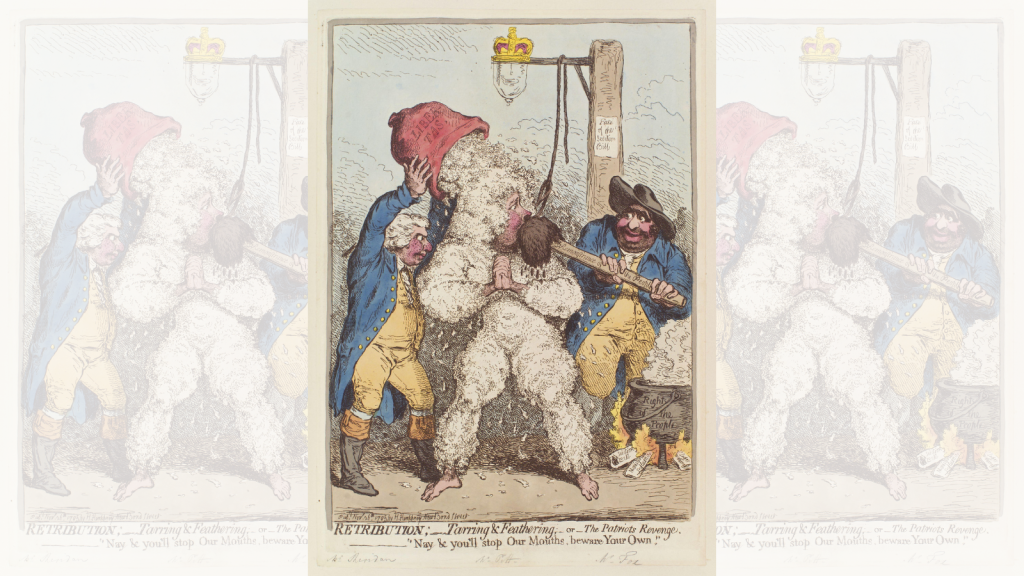
Tarring and feathering became popular as a punishment in colonial America and England. Offenders were coated in hot tar and then covered in feathers. It was intended to shame them and cause severe pain as the hot tar burned their skin. This punishment was common for people accused of betraying their communities.
4. The Pillory: More Than Just Public Humiliation
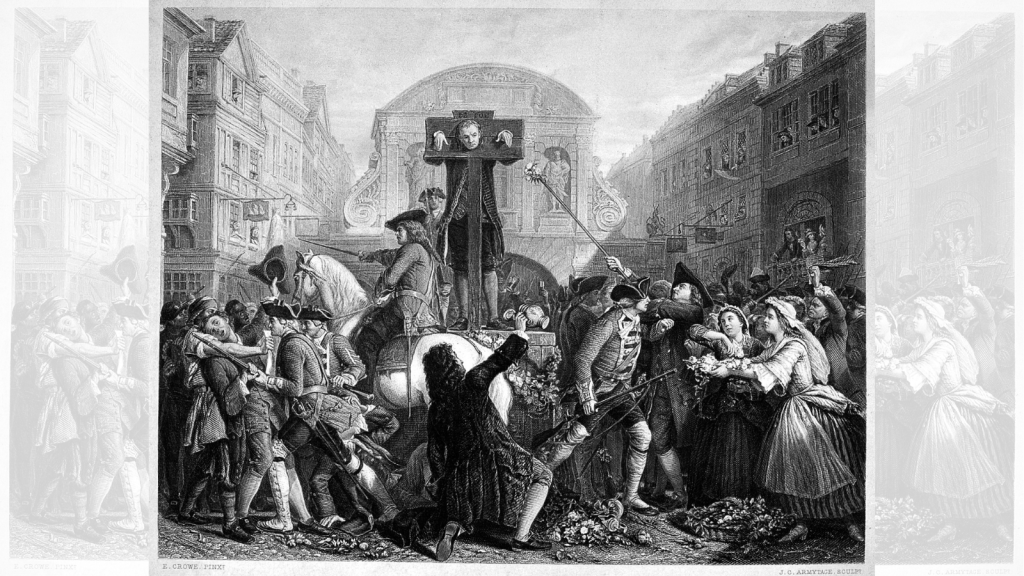
The pillory, which held the offender’s head and hands in place, was one of the most visible punishments across medieval Europe. It wasn’t just about humiliation—the crowd could throw things, taunt, or even physically harm the person. Because the offender was stuck, they were at the mercy of any passerby who wanted to show their disgust.
5. Whipping Posts
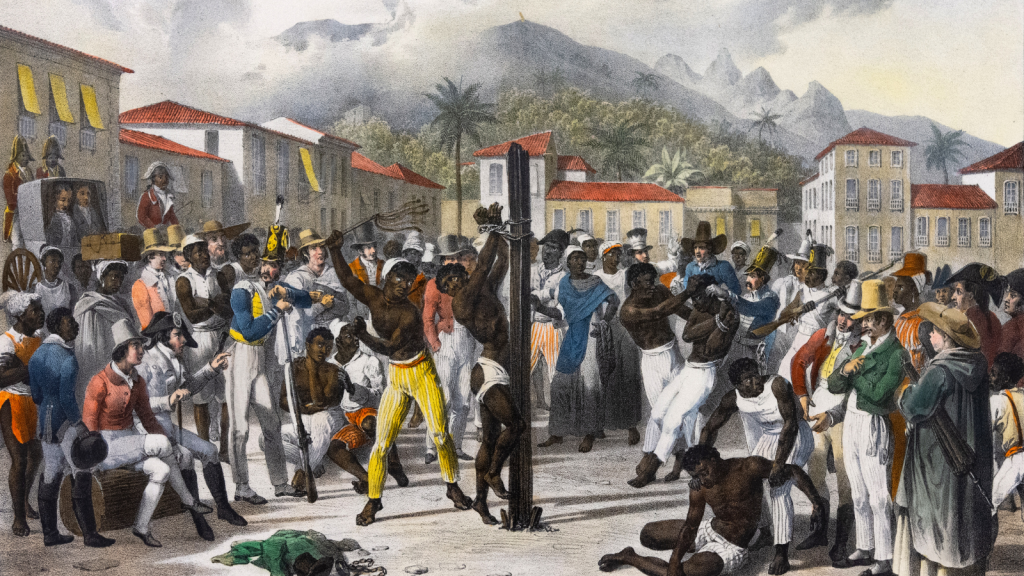
For centuries, whipping posts were a standard punishment across Europe and America. People who broke minor laws were tied to posts in the center of town and whipped with sticks or lashes. This public spectacle served as both a punishment and a warning to others, leaving scars that lasted well after the physical wounds healed.
6. The Scold’s Bridle for “Troublesome” Women
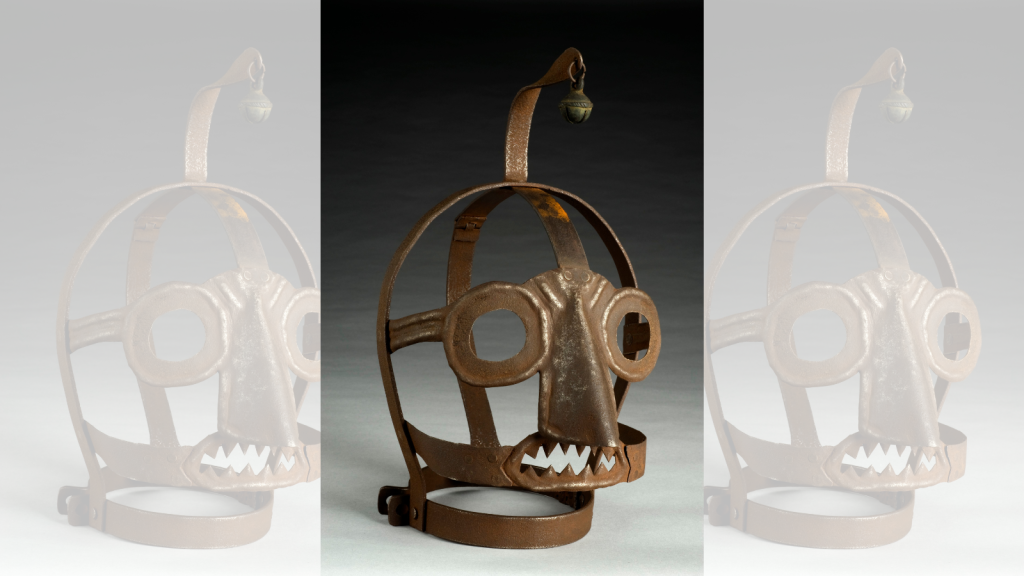
This metal device was placed over a woman’s head to prevent her from speaking. A spike inside pressed down on the tongue, making talking painful or impossible. Used on women accused of being “too outspoken,” the bridle was a common punishment in 16th- and 17th-century Scotland and England.
7. Exile as a Fate Worse Than Death

In ancient Rome, Greece, and beyond, exile was considered one of the harshest sentences. Forcing someone to leave their homeland was seen as a punishment that stripped them of their identity and social connections. Exiled people were often doomed to live out their lives in unfamiliar lands, far from any family or support.
8. Branding as a Permanent Mark of Shame
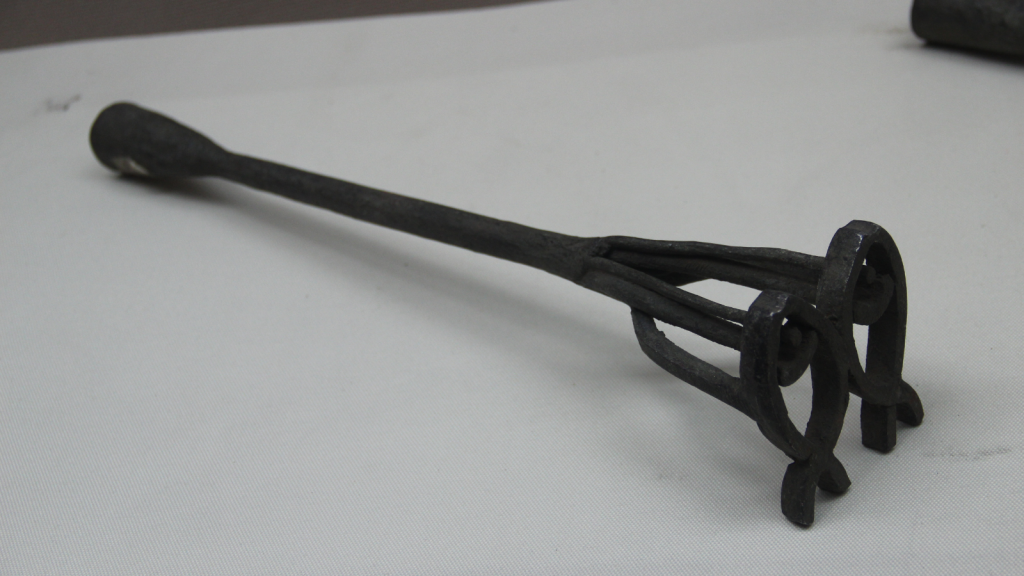
Branding was used widely across ancient Rome, Europe, and colonial America as a way to permanently mark criminals. With a hot iron, authorities would burn symbols or letters into the skin of offenders, making them easily identifiable as criminals. For many, this meant a lifetime of shame and exclusion.
9. The Chinese Cangue
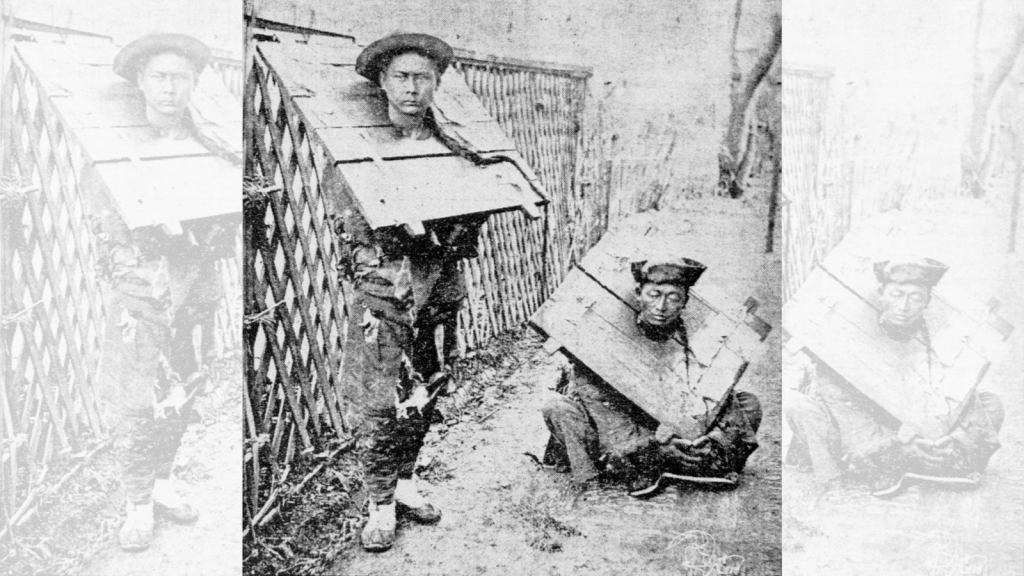
In ancient China, offenders were sometimes punished by having to wear a large, heavy wooden collar known as a cangue. The collar made it impossible to eat or drink without help, leaving offenders dependent on others. This punishment was designed to humiliate and weaken the person both mentally and physically.
10. Running the Gauntlet
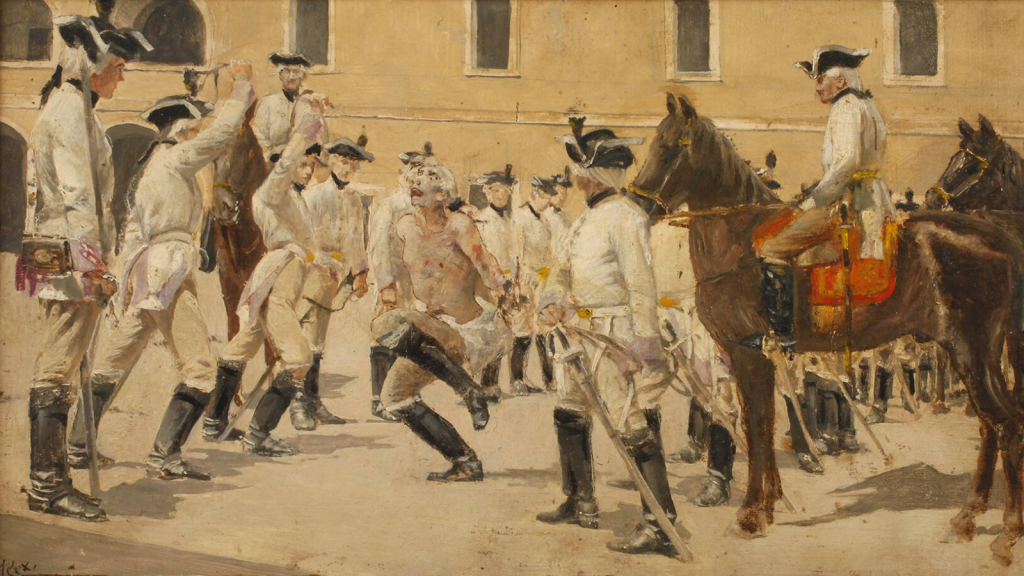
In military settings, running the gauntlet was a common punishment. Offenders had to run between two rows of people, often fellow soldiers, who would beat them as they passed. This punishment was not only physically painful but also psychologically shaming, especially as it involved their peers.
11. Execution by Elephant
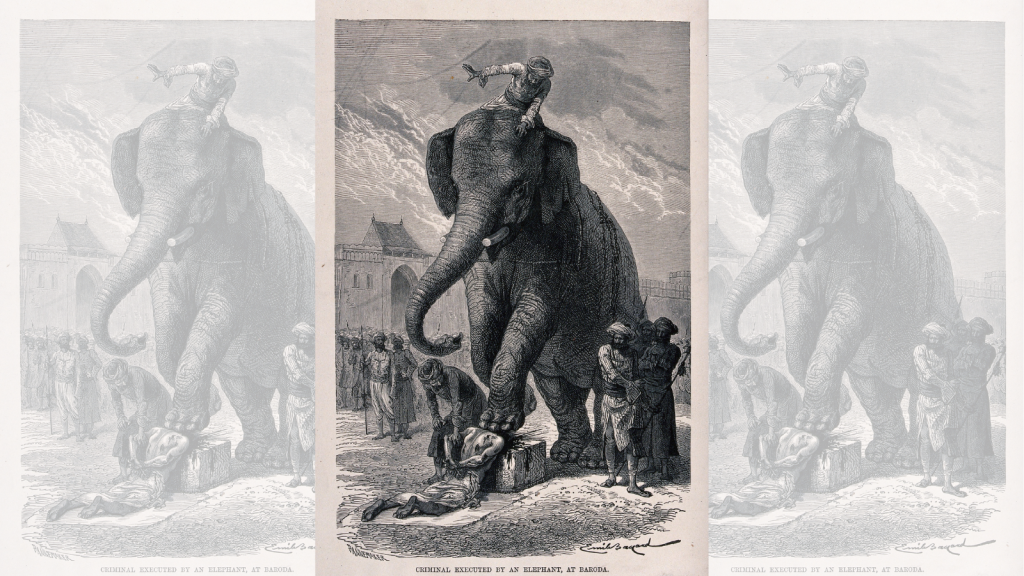
In ancient Asia, elephants were sometimes trained to execute criminals in front of large crowds. Elephants could crush, dismember, or trample their victims. In many cases, these executions were designed to entertain the crowd, as well as intimidate potential criminals.
12. Breaking on the Wheel
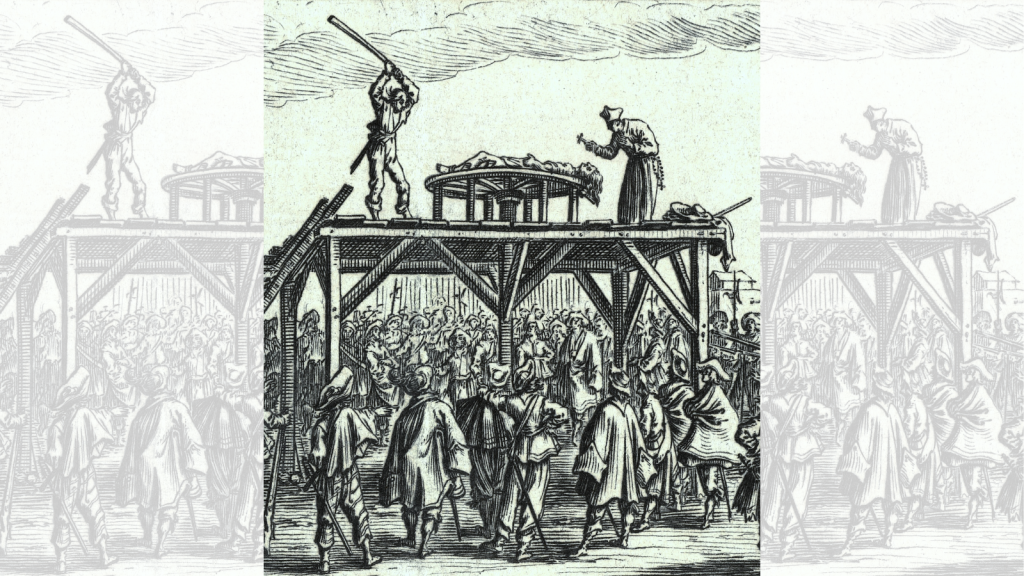
This punishment was one of the cruelest methods used in medieval Europe. Offenders were tied to a large wooden wheel, and their limbs were then shattered with heavy iron bars. The wheel was sometimes placed on display, and the offender was left to die a slow, excruciating death.
13. The Stocks for Petty Crimes
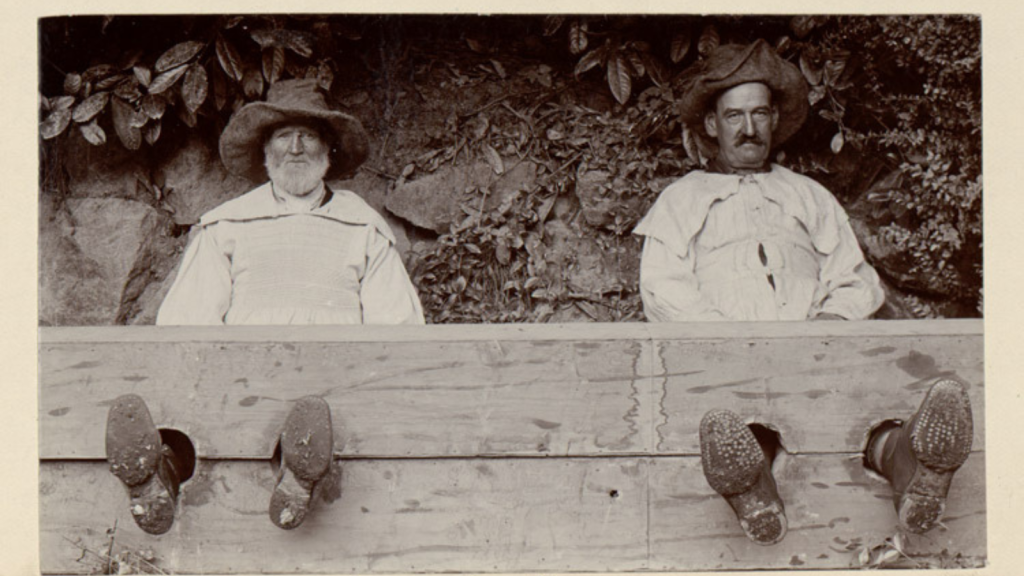
The stocks, which locked a person’s feet in place, were a common sight in town squares. Offenders convicted of minor crimes were placed in the stocks for hours or even days, left to endure public shame and whatever abuse passersby chose to inflict. It was a punishment meant more to humiliate than to harm, but it left a lasting mark on reputations.
Ellen has been obsessed with logic puzzles, jigsaws, and cryptograms since she was a kid. After learning she was taught how to play chess wrong by a family friend (so they could win), she joined her school chess club and the rest is history.
